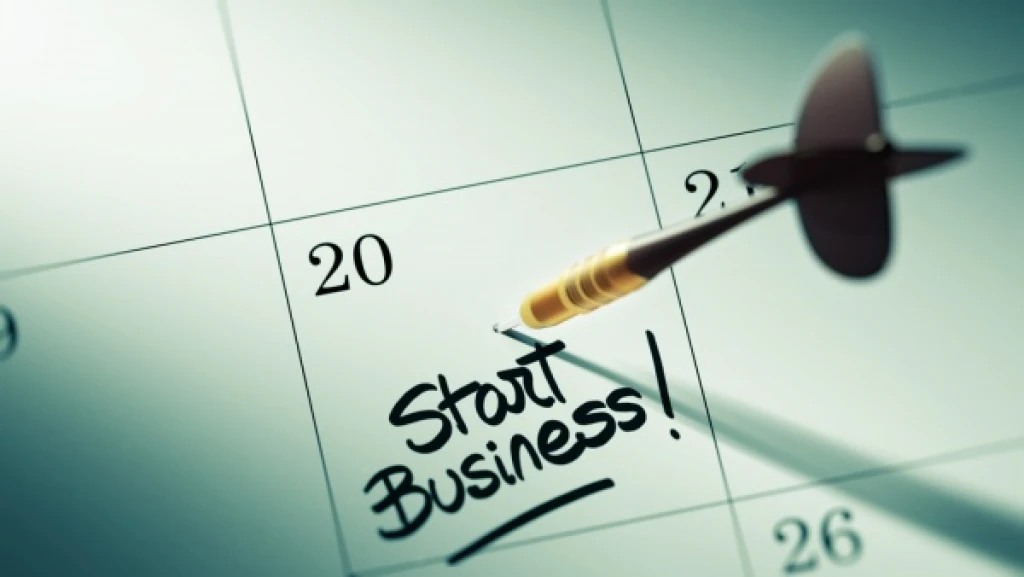How to write a business plan
HOME / / How to write a business plan
Business planning and writing a business plan are two processes
It seems they are often over-debated, over-analysed and over-complicated. But they’re actually quite simple.
Creating a business plan should be a rewarding experience, not a daunting one. Your business plan should clarify and prove to you - before anyone else - what your business is and what it will achieve. Crucially, it will map how to get there.
We've written an expanded version of this popular article. Stay here for a quick read or visit our guide - How to Write a Business Plan - for more in-depth information.
What should a business plan include?
There is no one ‘ideal’ way to write a business plan. There is key information a business plan should include, however.
An executive summary
A short description of the business
Your marketing research and sales strategy
Details of your staff structure / management team
Information about how the business operates
Financial forecasts
How long should a business plan be?
If you're preparing a business plan for external consumption - say a bank or investor - you should think in terms of 20-40 pages of information. If the plan is for internal use only - for instance, to structure and focus for your management team - you don't have to go into as much detail and 5-10 pages can be enough.
Tips for a readable business plan
To be a useful document that helps your business thrive, it should be:
clear – straightforward language, sensible structure
concise – short enough to keep people's attention
based on fact and evidence – to provide a firm foundation for decision making
A good plan can be skim-read in about 15 minutes. To help the reader, format your document to make it easy to read:
use bullet points and clear headings to break up dense text
have plenty of white space around the margins
use tables, graphs and pictures of products

Don't want to start from scratch? Find out about using a business plan template.
Business plan contents
The executive summary
This is a synopsis of your entire business plan. Its role is to highlight the key points that you go into in greater depth later in the document.
It’s sometimes the only section a potential backer will read - so it has to be enticing and easy to digest, whilst also providing a good understanding of the business.
Typically, the executive summary should cover a couple of sheets of A4 paper / 800-1200 words.
Description of the business
This section should cover the basics of the business:
where it has come from
where it stands today
where you plan to take it
Include details of when you plan to start trading or (if already started) when trading began. You should also provide details of the company current legal structure:
partnership
CIC
Describe your product and your unique selling points. USPs. In other words why people will want to buy what you're selling. Outline how you plan to develop your product or grow the range you have to offer.
Provide details of any patents, trademarks or design rights you own. If intellectual property - whether in the form of clever branding or unique technology is important to the success of the business - explain how this can be defended.
Market research and sales strategy
Provide details of your competitors - direct and indirect.
Who are they?
What is their market share?
What niche will your product or service fill in the existing market?
Our articles on competitor analysis and SWOT analysis can help you identify who you’re up against.
Equally important, you should be clear about your customers.
If you're a B2C company – that means you’re selling direct to individual members of the public - you should provide details of the target group. Details like age, gender, income, interests, etc.
In the B2B market – that means you sell to other businesses - you should detail the kind of company you are planning to reach.
In both cases, the plan should explain why your target customers will buy from you. Provide some information about the size of the market and the market share you plan to achieve. We've got lots of articles on market research for startups.
Your management team and employees
Investors and financial backers will want to know if you have the people and skills in place to deliver your goals. Provide information on your managers and all members of staff.
What’s their experience?
What skills do they bring to the business?
What role will they be fulfilling?
Include external advisers such as lawyers and accountants as this will also provide assurance that you have the necessary skills in place.
Set out how much time and money each person will contribute and what you plan to pay in terms of salaries. This will help both you and external parties assess whether you have the right cost base in terms of personnel.
Your operations
Include details of your current or planned location, costs and why you chose it.
Provide details of the facilities you require to produce your product or service. This should include both in-house facilities and any aspects of the business that have been outsourced.
Management information and control systems are also an important element in the operational mix.
You should explain what systems you plan to use - for instance, stock control, quality control - across the business.
Your financial forecast
This is the crucial section. It explains everything you've previously said about the business, but in numbers.
You'll need to include forecasts covering sales, profit and loss and cash flow.
Typically, these forecasts will cover three to five years and cover:
where the business is now, financially
where it will be in the short term future
where you see it going
You’ll need to consider and answer questions like:
How quickly will sales grow?
When is the business expected to turn a profit?
What is the cash flow outlook?
You should include information on:
the capital you require
all sources of revenue
any securities (investment assets) you hold
outstanding loans
This section can be tricky for new businesses because the figures are all educated guesswork, based on the demand and price point suggested by your market research.
You need a clear idea of your target audience. Once you know that, you can work out how big the market is and how much your customers are spending on similar products at the moment. Factor in your own unique sales proposition and you can put a figure on likely sales.
This does, however, just produce an estimate. Try to ensure your financial projections are realistic. Don’t include over-optimistic / unrealistic figures. And always include details of the research you've carried out to arrive at your forecasts.
Find out more about:

Can I use my business plan to get startup finance?
Yes, that’s certainly one of the benefits of writing a business plan. You can show it to lenders and investors when you apply for a loan.
Is there a business plan template for startups?
Team Transmit have a recommended business plan template for people considering starting a business, specifically designed for people who are at the very start of their business planning journey. It covers all of the essentials to get you thinking strategically about your business.
Think your business idea is brilliant but need some money to get started? Find out how entrepreneurs like you used their Government-backed Start Up Loans.

"We’re delighted to be the 2000th loan recipients!"
